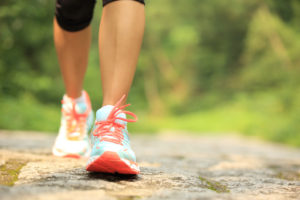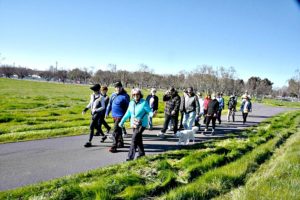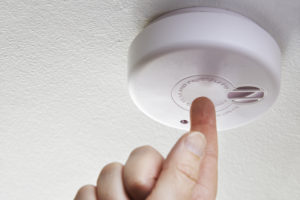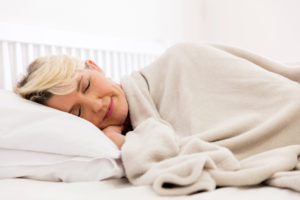
Working on Wellness: Making a change for better health
Working on Wellness: Making a change for better health
This is a great article for women’s health from www.gosanangelo.com on simple small ways to make healthy changes for a healthier life. (Good for you guys too!)
SMALL LIFESTYLE CHANGES ADD UP
Cutting one 12-ounce can of soda out of your  diet daily equals about 150 calories less per day. In one month that would equal 4,500 calories and in one year you would be consuming 54,750 less calories. Since 3,500 calories equal one pound of body fat, you would lose over 15 pounds in one year, just from one small change.
diet daily equals about 150 calories less per day. In one month that would equal 4,500 calories and in one year you would be consuming 54,750 less calories. Since 3,500 calories equal one pound of body fat, you would lose over 15 pounds in one year, just from one small change.
On the flip side, small changes on the activity side of the equation, also add up. For example, if you walked 15 extra minutes per day, this would burn  an extra 80 calories per day and 29,200 extra calories per year, resulting in a losing eight pounds in one year — just from one small lifestyle change.
an extra 80 calories per day and 29,200 extra calories per year, resulting in a losing eight pounds in one year — just from one small lifestyle change.
PROTECT YOUR KNEES
Losing just 10 percent of your body weight significantly slows the loss of the knee cartilage in overweight adults with osteoarthritis. The weight loss could relieve pain and even delay knee replacement.
IMPROVE BRAIN BLOOD FLOW
It’s never too late for women to reap the benefits of moderate aerobic exercise. In a three-month study of 16 women age 60 and older, brisk walking for 30-50 minutes three or four times per week improved blood flow through to the brain as much as 15 percent.
EXERCISE AWAY THE URGE
According to the U.S. Centers for Disease Control and Prevention, about 70 percent of smokers really do want to quit. There’s an often overlooked “secret weapon” that can help you to stop smoking, and that’s regular physical exercise. Exercise helps limit weight gain and it also helps in dealing with cravings for a cigarette. Studies have shown that even moderate physical activity, especially aerobic exercise, reduces the urge to smoke. Withdrawal symptoms and cravings for cigarettes decrease during exercise and for as long as 50 minutes afterward.
HOW MANY FOOTBALL FIELDS?
You would need to walk the length of three football fields to burn off the calories in one potato chip. If you eat a bag of M & M’s, you would need to walk the length of 53 football fields to burn off those calories.
A DAILY WALK
A team of investigators from UCLA found that adults over the age of 60 who are already struggling with memory issues are better able to focus and process information if they walk more than 4,000 steps a day (roughly 2 miles). The study revealed that those who walked more than 4,000 steps each day had thicker areas of the brain known to be critical to thought processing. What’s more, such avid walkers demonstrated “better cognitive functioning.”


